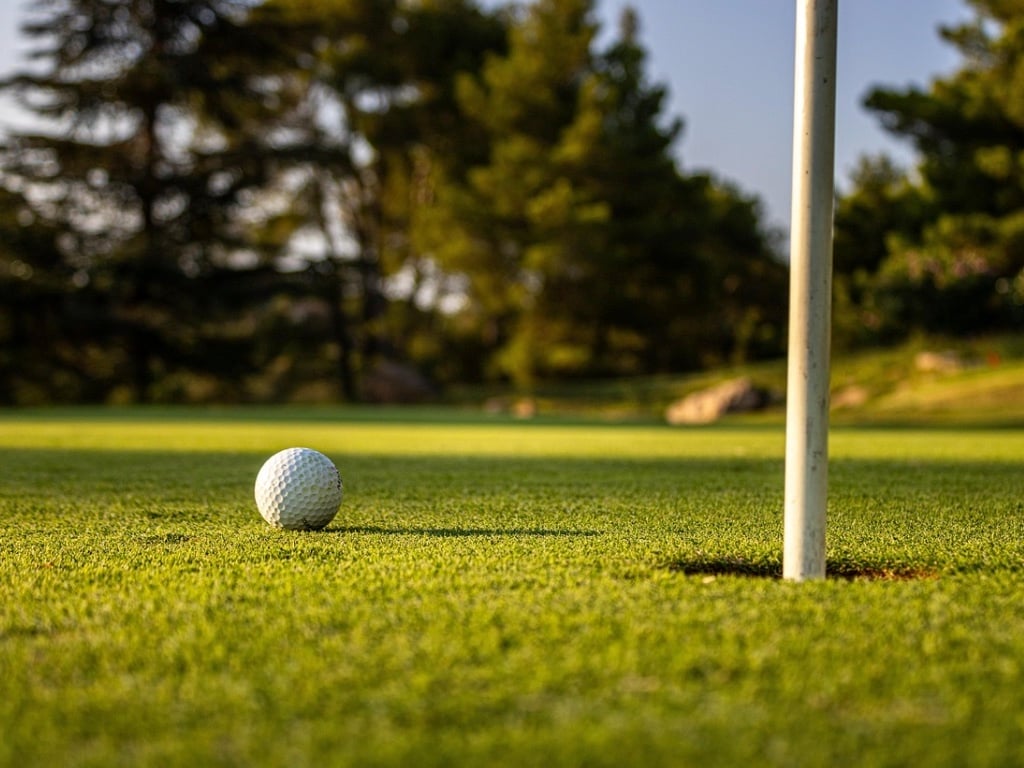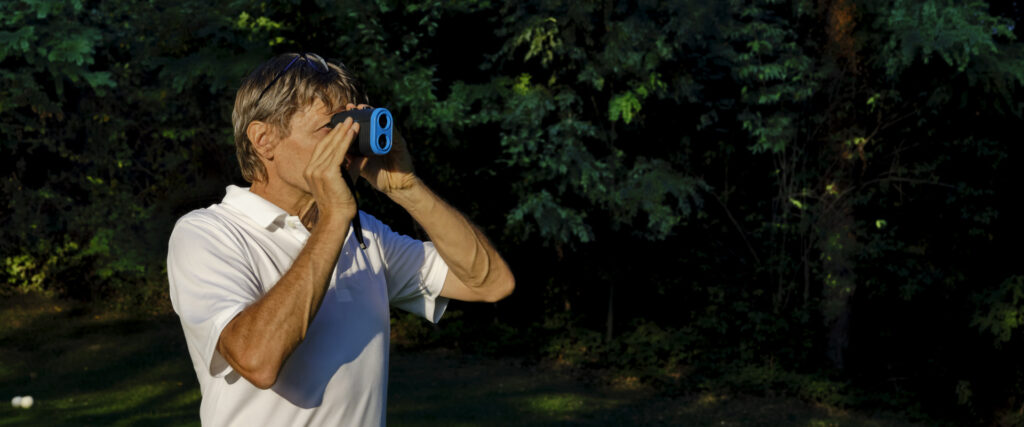
Tips for Using a Golf Rangefinder to Improve Your Game

Mastering Your Golf Rangefinder: A Complete Player's Guide
Golf rangefinders have revolutionized the way players approach course management and shot selection. These precision instruments eliminate guesswork from your game, providing exact yardages to help you make confident club choices and strategic decisions on every hole.
Why Every Golfer Needs a Rangefinder
Distance estimation has always been one of golf's greatest challenges. Without accurate measurements, even skilled players struggle to select the right club or plan their approach shots effectively. A quality rangefinder transforms this uncertainty into precision, giving you the confidence to commit fully to each shot.
Modern rangefinders offer several advantages over traditional methods like yardage markers or GPS watches. They provide real-time measurements to any target you choose, work in all weather conditions, and deliver accuracy within one yard consistently.
What is a Range Finder?
When selecting a rangefinder, prioritize models with slope compensation technology. This feature adjusts yardages based on elevation changes, providing you with the actual playing distance rather than just line-of-sight measurements. Many tournament-legal models allow you to toggle this feature on and off as needed.
Look for devices with clear optics and strong magnification, typically 6x or 7x power. Pin-seeking technology helps lock onto flagsticks even when trees or other objects are in the background. Fast measurement speed ensures you won't slow down play while taking readings.
Weather resistance is crucial since you'll use your rangefinder in various conditions. Models with ergonomic grips and intuitive button placement make operation simple, even when wearing gloves.
Proper Operating Technique
Hold your rangefinder steady with both hands, similar to using binoculars. Rest your elbows against your body or chest for additional stability. Locate your target through the viewfinder and center the crosshairs or aiming reticle on your intended point.
Press and hold the measurement button while keeping the device steady. Most rangefinders will display multiple readings before settling on the final measurement. Wait for the reading to stabilize before releasing the button.
For flagstick measurements, aim slightly above the pin to account for its height. The laser needs to hit the actual flagstick rather than the ground behind it for accurate readings.
Strategic Applications on the Course
Use your rangefinder to map out each hole before playing your tee shot. Identify landing areas, hazards, and optimal approach angles. Measure to bunkers, water hazards, and doglegs to plan your strategy accordingly.
On approach shots, always measure to both the front and back of greens to understand the depth available. This information helps you select clubs that will hold the green rather than bouncing over. Consider pin positions when planning your target area.
Don't limit yourself to obvious targets. Measure to trees, cart paths, or other landmarks that can serve as intermediate references during your round. This builds a mental database of the course that improves with each play.
Advanced Tips for Maximum Benefit
Take multiple readings from the same position to different targets to understand your options fully. Measure not just to the pin, but to front, middle, and back of greens to gauge green depth and slope.
Practice using your rangefinder during casual rounds to build familiarity and speed. The goal is to integrate measurements seamlessly into your pre-shot routine without disrupting pace of play.
Consider environmental factors that affect ball flight when interpreting yardages. Wind strength and direction, temperature, and humidity all influence how far your shots will carry, so adjust your club selection accordingly even with precise distance measurements.

Rangefinder vs. GPS Technology
While GPS devices provide comprehensive course information and multiple distances simultaneously, rangefinders excel at giving precise measurements to specific targets you choose. Many players find the visual confirmation of aiming at their target more intuitive than relying on preset GPS coordinates.
Rangefinders also work immediately without requiring course downloads or updates. They function equally well on any course worldwide, making them ideal for traveling golfers or those who play multiple venues regularly.
Rangefinder Maintenance and Care
Keep your rangefinder's lenses clean using appropriate microfiber cloths and lens cleaning solutions. Avoid using paper towels or clothing that might scratch the optics.
Store your device in its protective case when not in use, and remove batteries if storing for extended periods. Most modern rangefinders offer excellent battery life, but carrying spare batteries ensures you won't be caught without power during important rounds.
Conclusion - Best Range Finders for Golf
Investing in a quality rangefinder represents one of the most practical improvements you can make to your golf game. The precision and confidence it provides will enhance every aspect of your course management, leading to better decision-making and lower scores.
Remember that while technology can provide exact measurements, golf still requires skill, practice, and good judgment to execute shots successfully. Use your rangefinder as a tool to support smart strategy and confident play, and you'll see immediate improvements in your overall performance.


